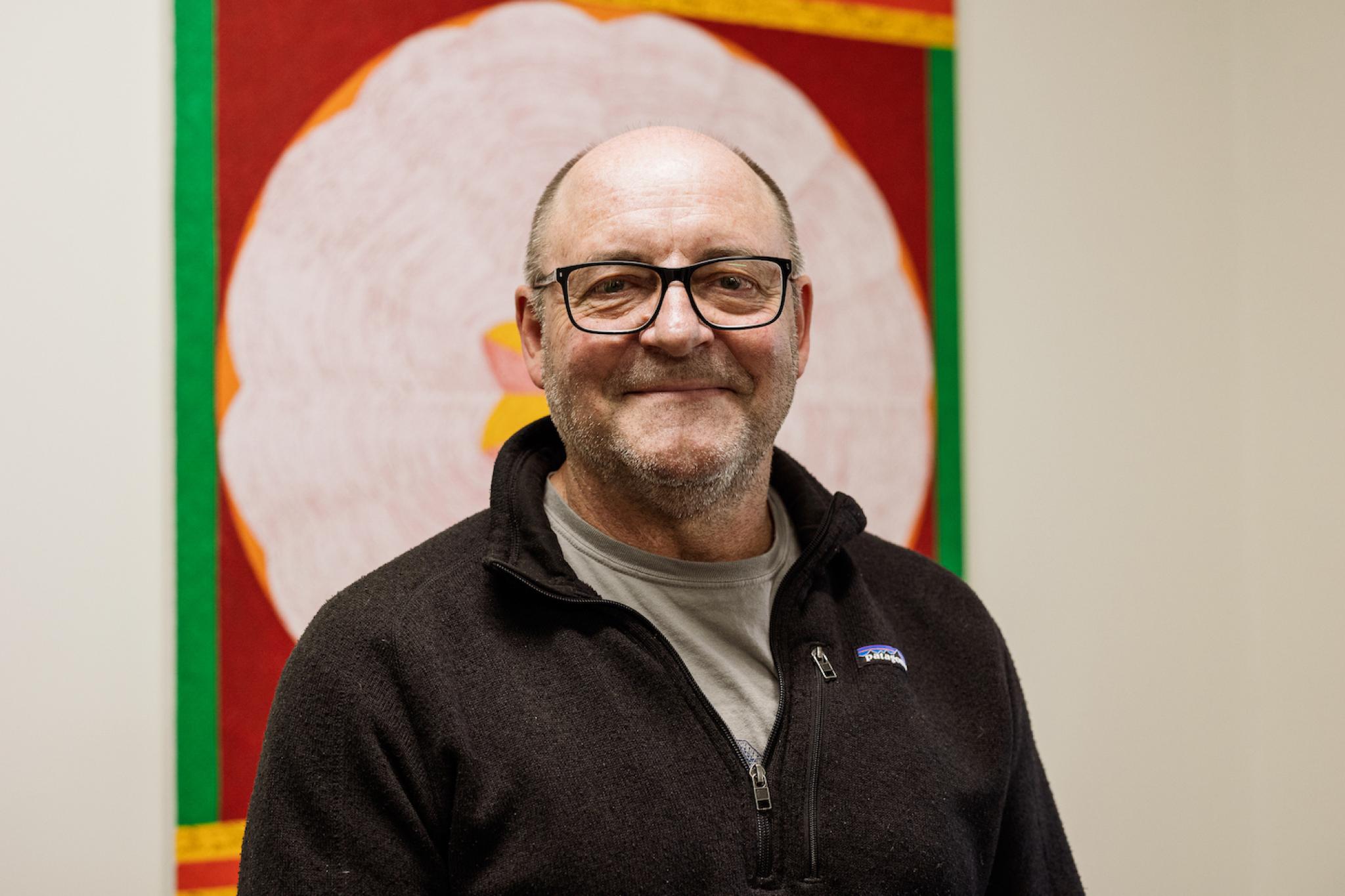Simon has been the Director of the School of Culture, History and Language, at the College of Asia and the Pacific, since 2016. He completed his PhD at ANU on the Late Quaternary Environmental History of the Tari Basin, Papua New Guinea, in 1994.
Asthma and hay fever sufferers benefit from ANU pollen tracking research

A runny nose, itchy eyes and a scratchy throat are among the symptoms that afflict hay fever sufferers all over Australia. For others suffering from asthma, symptoms can be far more serious.
Publicly accessible information on pollen on any given day is crucial to the vast number of Australians affected by airborne pollen (as many as one in in five people Australia-wide). Surprisingly, however, unlike the Northern Hemisphere, it was not until the last decade that studies in the Southern Hemisphere focused on airborne pollen.
Thanks to the invention of pollen monitoring apps, developed based on the research led by Professor Simon Haberle, from the Australian National University, and in collaboration with researchers from the University of Melbourne and the University of Tasmania, individuals with asthma and hay fever can now access valuable information about pollen levels. For asthma sufferers, this allows them to adjust their daily activities and minimise the risk of an asthma attack. Moreover, hay fever sufferers can try to keep their symptoms, such as frequent sneezing and a blocked nose, to a minimum.
In 2014, Professor Haberle, the Director of the School of Culture, History and Language at the ANU College of Asia and the Pacific, recognised the need to establish an effective monitoring system of airborne pollen in Australia to support our affected community. He conducted a comprehensive investigation into the plant groups responsible for a significant amount of airborne pollen, such as flowering grasses (Poaceae), Silver Birches (Betula) and Myrtles (Myrtaceae). The findings revealed when each plant group triggered peaks of airborne pollen in Australian cities. By charting this information in the Australasian pollen calendar, the research translated pollen data into a meaningful tool for all Australians to access.
“This research has provided a critical scientific evidence base to support advocacy for pollen monitoring across Australia,” said Dr Penelope Jones, Manager of the UTAS based AirRater app at University of Tasmania.
Professor Haberle’s research laid the foundations for two unique apps — AirRater, established in 2015, and the local Canberra Pollen Count & Forecast, established in 2019. Both apps provide pollen data and forecasts; AirRater matches symptoms and environmental conditions to predict potential triggers for individuals, while Canberra Pollen provides a daily pollen count and forecast for the next six days to subscribers and free of charge during peak allergy period (Oct 1-Jan 31) each year.
The apps are helping thousands of people in Australia to access information about pollen levels on any given day and adapt their plans accordingly. The Canberra Pollen website and app have over 222,000 users combined, while AirRater has approximately 70,000 users.
Moreover, these apps have proven to be invaluable to public health authorities in the Australian Capital Territory (ACT). The authorities use the apps to alert the public via social media if high pollen counts present a risk to the community. The information also informs daily risk assessments for the potential of a thunderstorm asthma event, of which first responder organisations such as the ACT Ambulance Service are notified.
The apps have also been influential for clinicians, who can more accurately interpret a patient’s clinical history and recommend targeted treatments. Stallergenes, a company specialising in allergen immunotherapy (AIT), uses Haberle’s research to identify which allergens are triggering a respiratory allergy.
“By providing very clear signals regarding which allergens are driving allergic disease in different biogeographical locations, this research enables physicians to more accurately interpret a patient’s clinical history, leading to more accurate diagnoses and more appropriate selection of AIT treatment,” said Dr Martin Rees, APAC Regional Medical Director of Stallergenes.
Learn more about the groundbreaking research initiatives undertaken at the College and their profound impact in the region here.
